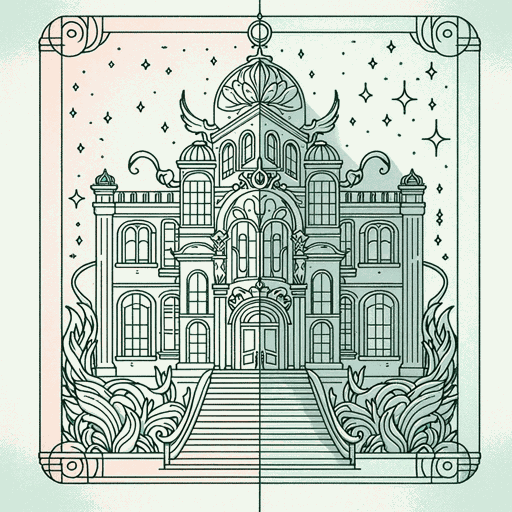100 pages • 3 hours read
Soman ChainaniThe School For Good and Evil
Fiction | Novel | Middle GradeA modern alternative to SparkNotes and CliffsNotes, SuperSummary offers high-quality Study Guides with detailed chapter summaries and analysis of major themes, characters, and more. For select classroom titles, we also provide Teaching Guides with discussion and quiz questions to prompt student engagement.
Background
Literary Context: Fairy Tale Retellings for Modern Audiences
The School for Good and Evil was written and published in a time of fairy-tale retellings: A proliferation of authors began to examine the fairy tales of the past and rewrite them for a modern audience. Fairy tales are typically written for children, but 21st-century authors explore the messages old fairy tales communicate and question the assumptions they make. Modern fairy-tale retellings interrogate the original tales in relation to gender roles, morals, black-and-white conceptions of good and evil, and the role of relationships and friendships. Using these considerations to probe deeper into original fairy tales allows authors to reimagine fairy tales for a modern audience, keeping the magic of the original while making the messages relevant for modern audiences.
The School for Good and Evil utilizes many fairy-tale tropes, especially the idea of Good and Evil in fairy tales. The paperback edition of the book includes an interview with Soman Chainani about his motivations for writing the novel. He said:
In recent years, fairy-tale mash-ups, retellings, and revisions have become popular—and for good reason, given how enduring and inspiring the source material is. That said, I had my sights set on something more primal: a new fairy tale, just as unleashed and unhinged as the old, that found the anxieties of today’s children.

